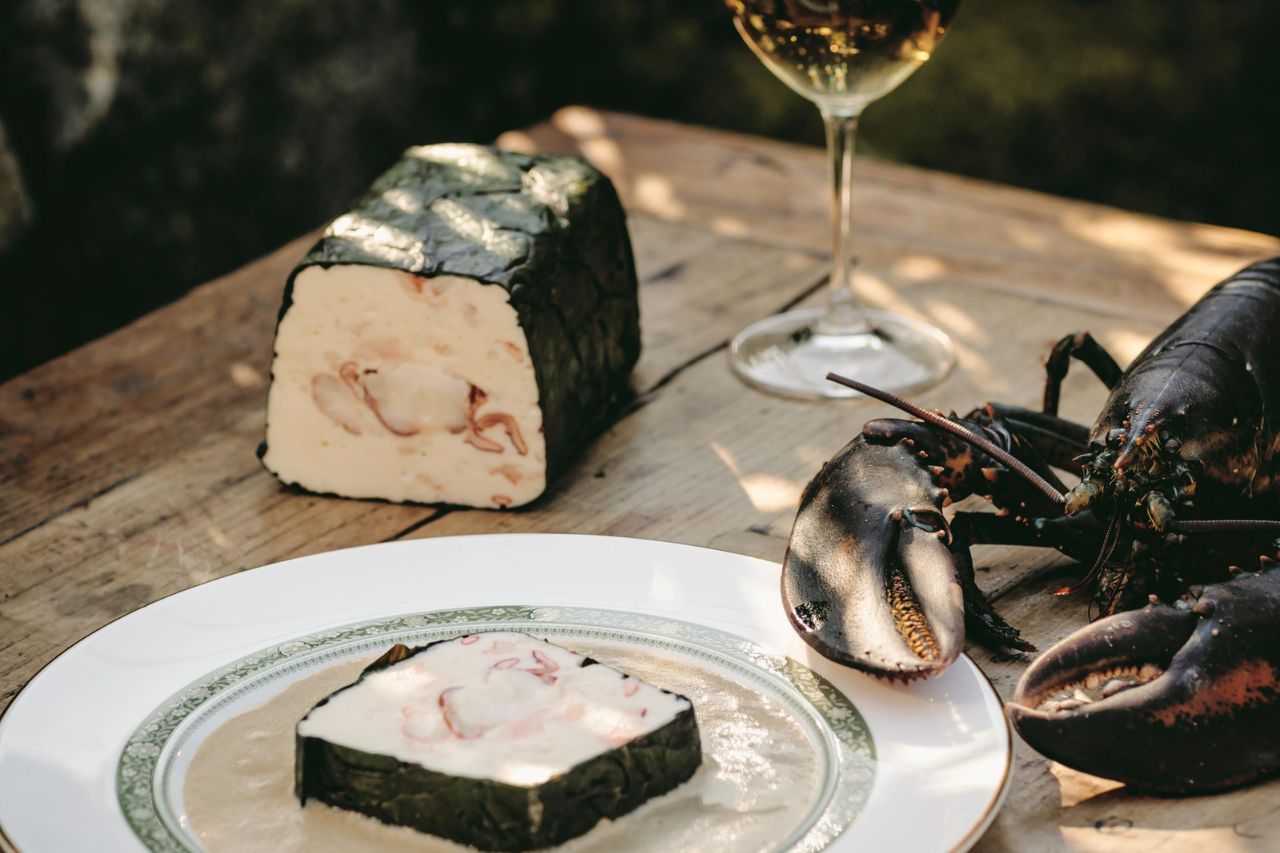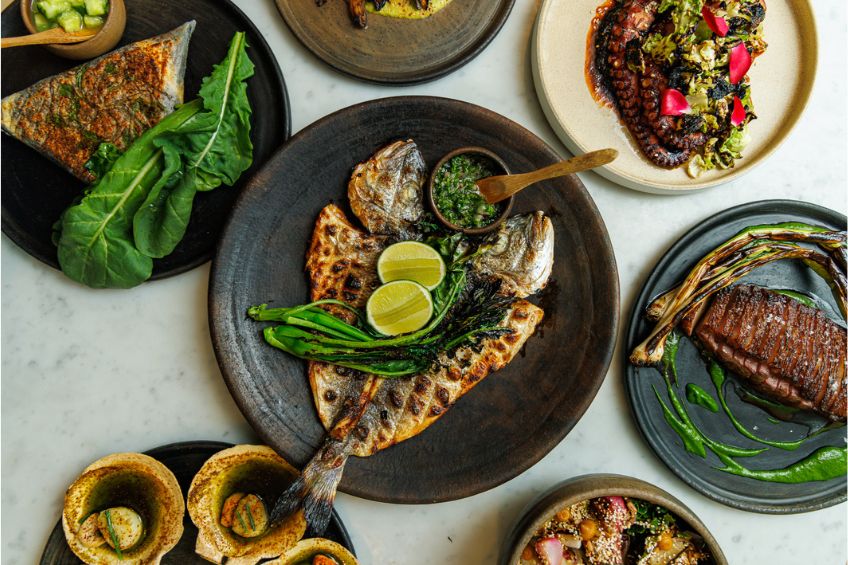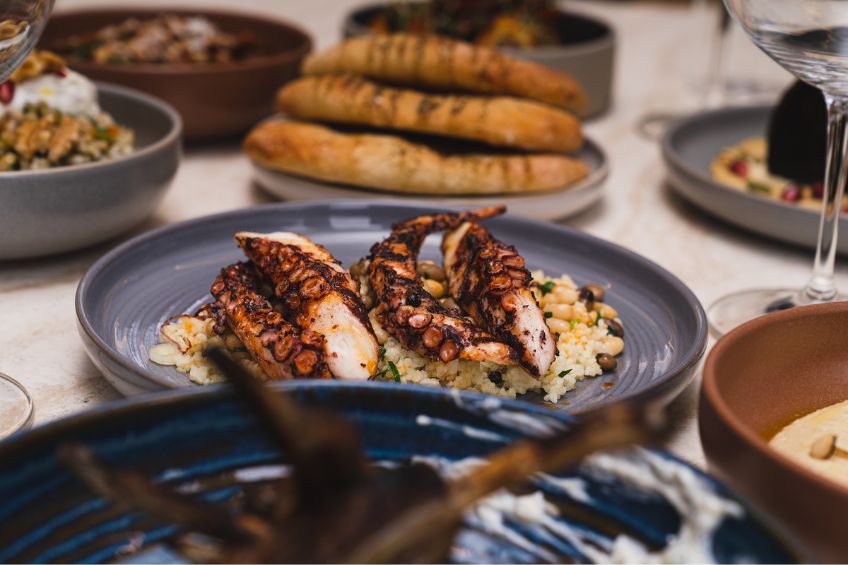
First published in 1900 by the Michelin tire company as a guide to help French motorists find lodging on the road, the Michelin Guide is now exclusively devoted to fine dining. Over the decades, the guide has far surpassed its humble origins to become an almost-sacred tome to chefs, foodies, culinary experts and the restaurants who regard the guide as the final word in fine dining.
Worthy restaurants are rated on a system of one to three stars, but the process of attaining Michelin stars remains highly secretive, with specially trained Michelin inspectors paying anonymous visits to restaurants and submitting meticulous reports rating the service, decor and, of course, the cuisine.
In order to know which restaurants are worthy of review, inspectors will comb through websites, blogs and restaurant reviews in local magazines and newspapers — if a restaurant in a given city is generating buzz and word of mouth praise from customers, it may land on a reviewer’s radar.
Related: Top 10 Michelin 3-Star Restaurants in the World
Michelin Star Ratings
Michelin gives out up to three stars, with only the world’s greatest dining establishments attaining that coveted third star. But exactly what does each star mean? According to the guide, one Michelin star represents a “very good restaurant in its category,” while two stars denotes a restaurant boasting “excellent cooking” that is “worth a detour.” Three stars, however, is the ultimate accolade, afforded only to those restaurants that offer “exceptional cuisine” that is “worth a special journey.”
Understandably, there’s a lot of grey area within those rating descriptions, and the process of receiving stars is meticulous and painstaking, typically taking several years. When a reviewer visits a restaurant for the first time, neither the restaurant’s owner nor chef will have any idea it even happened. If the reviewer loves the place, then another mystery visit will be paid the following year. Assuming the second visit goes as well as the first — preferably better — it’s at this point the reviewer may recommend the restaurant receive its first Michelin star.
It’s worth noting that for the first time in Michelin’s history, green Michelin stars are now being offered. These stars represent restaurants that have exhibited a meticulous care in sustainable gastronomy.
Related: These Restaurants Were Just Added to Toronto’s Michelin Guide

Quetzal
Michelin Star Criteria
Michelin remains secretive about the criteria and evaluation process used to award stars, but certain factors are known to be key, including: the quality of the products; a chef’s mastery of flavour and cooking techniques; the chef’s ability to imbue the cuisine with his or her culinary “personality;” and consistency between visits, not just when it comes to food but also encompassing the overall dining experience.
Earning one Michelin star is typically seen as a gift from the gods, but is not necessarily a golden ticket to receiving the second and third. For that to happen, it will take many more anonymous visits over ensuing years, and the stars must align perfectly. For example, if an otherwise extraordinary restaurant happens to have an off night while an inspector is visiting, that single experience could quash any future hopes of ever getting a star.
How to Earn Stars
Although the process is seemingly random from a restaurant’s perspective, there are in fact several steps that can be taken to increase the likelihood of receiving Michelin stars:
1. Meticulousness
A restaurateur needs to treat every night as if it’s the night of a Michelin inspection, and chefs and staff must be meticulously trained to ensure everyone is working together and on the same page. By ensuring that every diner’s experience on any given night is as exceptional as possible, only then will a restaurant be in the running for a Michelin star.
2. Train Under Michelin-Starred Chefs
For a chef seeking a Michelin star, it can be beneficial to train under a chef who has already earned one or more. By becoming the protégé of a chef who’s already earned the respect of Michelin, an up-and-comer aspiring toward Michelin stardom can more easily get on Michelin’s radar.
3. Discipline
It’s been said that cooking is an endless quest for perfection that can never be achieved. Only those with the desire and discipline to be the best will make the cut to become Michelin’s next culinary superstars.

Taline
4. Investment
While it may be tempting to bank a restaurant’s profits, that’s not going to win a Michelin star. The key is to use those profits to further invest in the restaurant to improve the decor, better train staff, source higher-quality ingredients, etc. If a Michelin inspector sees a restaurant, no matter how good, constantly striving to improve instead of simply resting on its laurels, this could make all the difference. It’s not unheard of for a restaurant to spend millions on improvements and then earn the money back (and then some) thanks to the increased revenues that can come from a Michelin star.
5. Mastery
If you were raised in a kitchen in Spain where you learned the secrets of traditional Basque cuisine at your grandmother’s tutelage, why would you open a sushi restaurant in Tokyo? It makes sense for a chef to cook the type of food he or she is most comfortable with. Only by attaining a mastery of a particular cuisine will a chef then be able to push the boundaries and propel it in bold, new directions.
Related: Get to Know Canada’s Only Michelin Star Mexican Restaurant
6. Creativity
Being on the cutting edge of new food trends, with a relentless pursuit of excellence combined with a drive to push the envelope, is a great way to attract Michelin’s attention. The Michelin Guide would have a tough time ignoring an innovative chef whose cuisine is being talked about as the “next big thing” in the food world.
7. The Finest Ingredients
As any great chef will confirm, ingredients are key. With this in mind, Michelin-starred chefs have been known to personally source unique, hard-to-find ingredients, forging relationships with farmers, artisan bakers, cheese-makers and the like in order to work with the only the best, most unique ingredients possible. Cutting corners is not the way to a Michelin star.
8. Walk to Canossa
This term refers to King Henry IV humbling himself before the pope and offering penance. It’s also the nickname for the practice (which was apparently quite common up through the 1980s) in which chefs aspiring toward Michelin stardom would journey to Paris in order to meet with the guide’s editors and make a case explaining why their restaurants deserved consideration. Although not as common as it once was, rumour has it this still takes place on occasion.
Related: Here’s Why Quebec Should be Your Next Foodie Travel Destination
